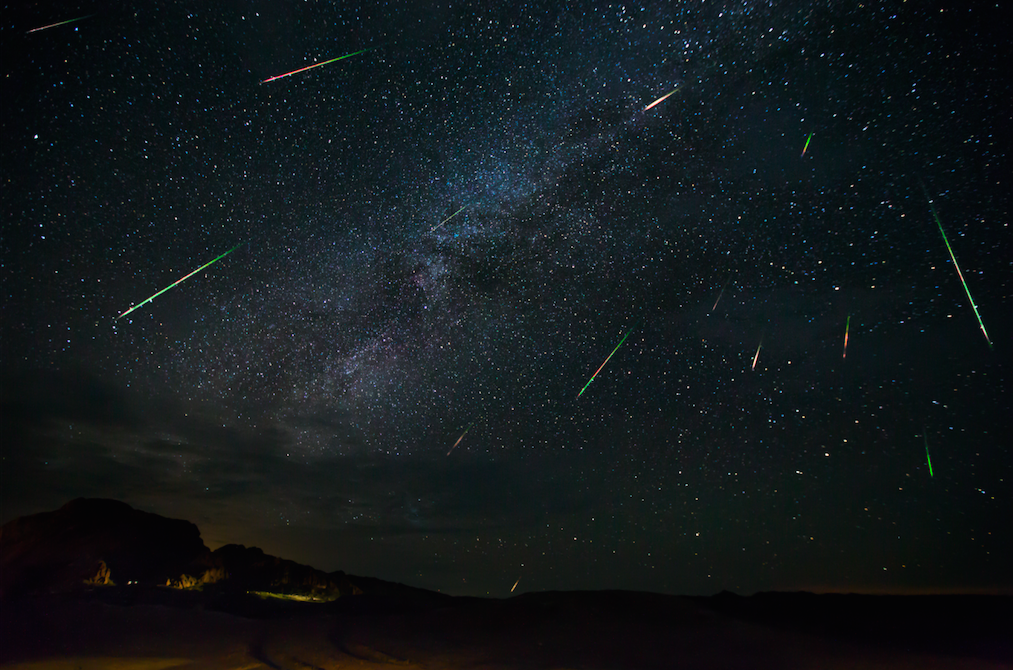Every August, the celestial remnants of the Swift-Tuttle comet sweep through the Earth’s orbit at 140,000 mph, providing a magnificent nighttime show known as the Perseid meteor shower. This year’s version arrives tonight and will peak on Sunday and Monday. And NASA will be ready.
The U.S. space agency constantly deploys a nationwide network of 17 domed video cameras that can look 100 miles up into the nighttime sky. They are hooked up to a computer that screens out other airborne objects—planes, satellites, fireflies—to strictly focus on meteors. Since 2008, NASA’s network has counted 30,000 of them. And this year’s Perseid shower promises to add quite a few more to that number, as the shower coincides with a new moon, providing an extra dark backdrop against which even the faintest of meteors will be visible.
If you don’t work at NASA, you can still enjoy the show. The space agency offers these helpful tips for viewing this year’s Perseid meteor shower.
Thanks for reading InsideHook. Sign up for our daily newsletter and be in the know.


















